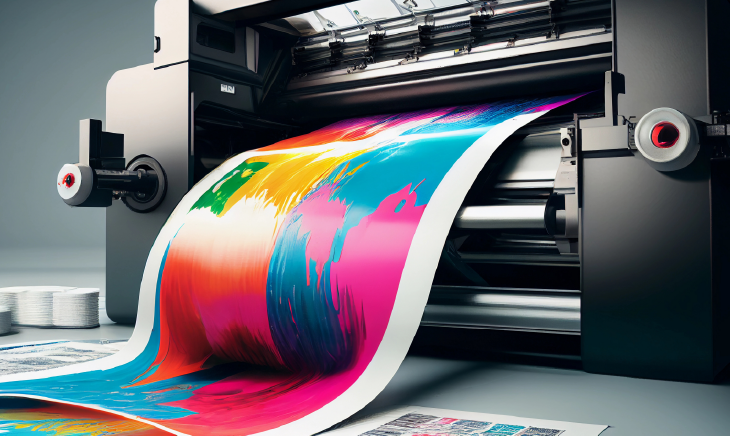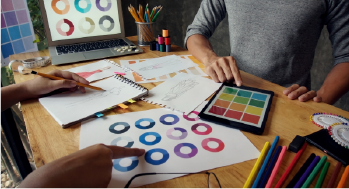
Print design involves the creation of visual materials intended for printed media, such as magazines, brochures, posters, flyers, packaging, and more. Print designers use various design principles, typography techniques, color theories, and layout strategies to communicate messages effectively and attractively in printed formats.
- Print designers apply fundamental design principles such as balance, contrast, alignment, and proximity to create visually appealing compositions that guide the viewer's eye and convey messages clearly.
- Typography plays a crucial role in print design, as it involves selecting appropriate fonts, typefaces, sizes, and styles to enhance readability and convey tone and personality. Print designers often experiment with typography to create unique and engaging layouts.
Overview
Visual Communication: Print design communicates messages and information through visual elements such as typography, images, and layout.
Brand Representation: Print materials, like brochures and business cards, visually represent a brand's identity, values, and personality, reinforcing brand recognition and perception.
Tactile Experience: Print design offers a tactile experience, engaging the sense of touch and providing a physical connection with the audience, which can enhance memorability and impact.
Attention to Detail: Print designers meticulously consider typography, color, and layout to create visually appealing and cohesive designs that capture attention and convey information effectively.
Cross-Media Integration:: Print design often integrates with digital platforms, creating cohesive brand experiences across both print and digital channels, enhancing brand consistency and engagement.

